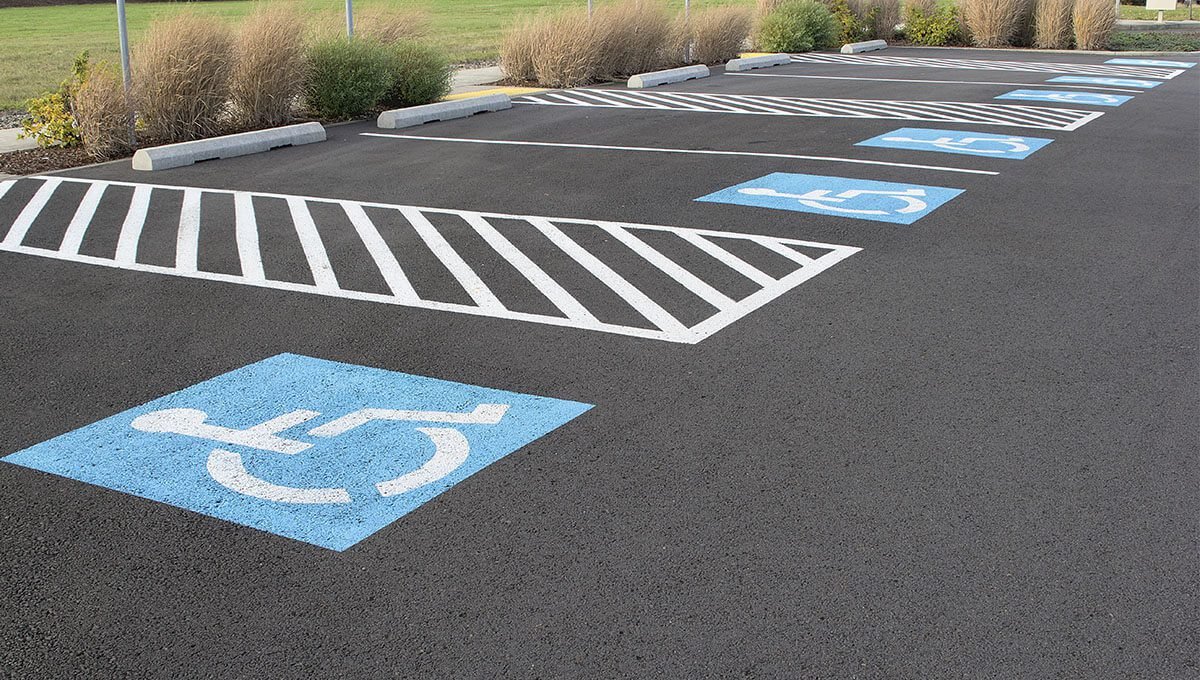Who Is Responsible?
Businesses with at least 15 employees. Both landlord and tenant of the business. But the two parties can determine who is responsible for complying with the obligations through a lease or other contract.State and local government services, programs and activities, including public education and social services, state legislatures and courts, town meetings, police and fire departments, employment services, and public transportation. Commercial facilities, including privately owned businesses of all sizes such as stores and shops, restaurants and bars, theaters, hotels, recreation facilities, private museums, doctor’s offices, health spas, convention centers and doctors’ offices.
Any business that serves the public must remove physical barriers when “readily achievable,” which means it can be done without much difficulty or expense. But the ADA is flexible: The “readily achievable” label depends on the size and resources of your business. Larger companies are expected to take a more active role than smaller ones. Compliance can be an ongoing process, so the ADA allows businesses to create a plan to remove barriers over time as resources become available.
12 Categories of Public Accommodations
Nearly all types of private businesses that serve the public are included in the categories, regardless of size. Private businesses that provide goods or services to the public are called public accommodations according to the ADA.The ADA establishes requirements for 12 categories of public accommodations including:
- Stores and shops
- Restaurants and bars
- Service establishments
- Theaters
- Hotels
- Recreation facilities
- Private Museums
- Schools
- –
- –
- –
- –

